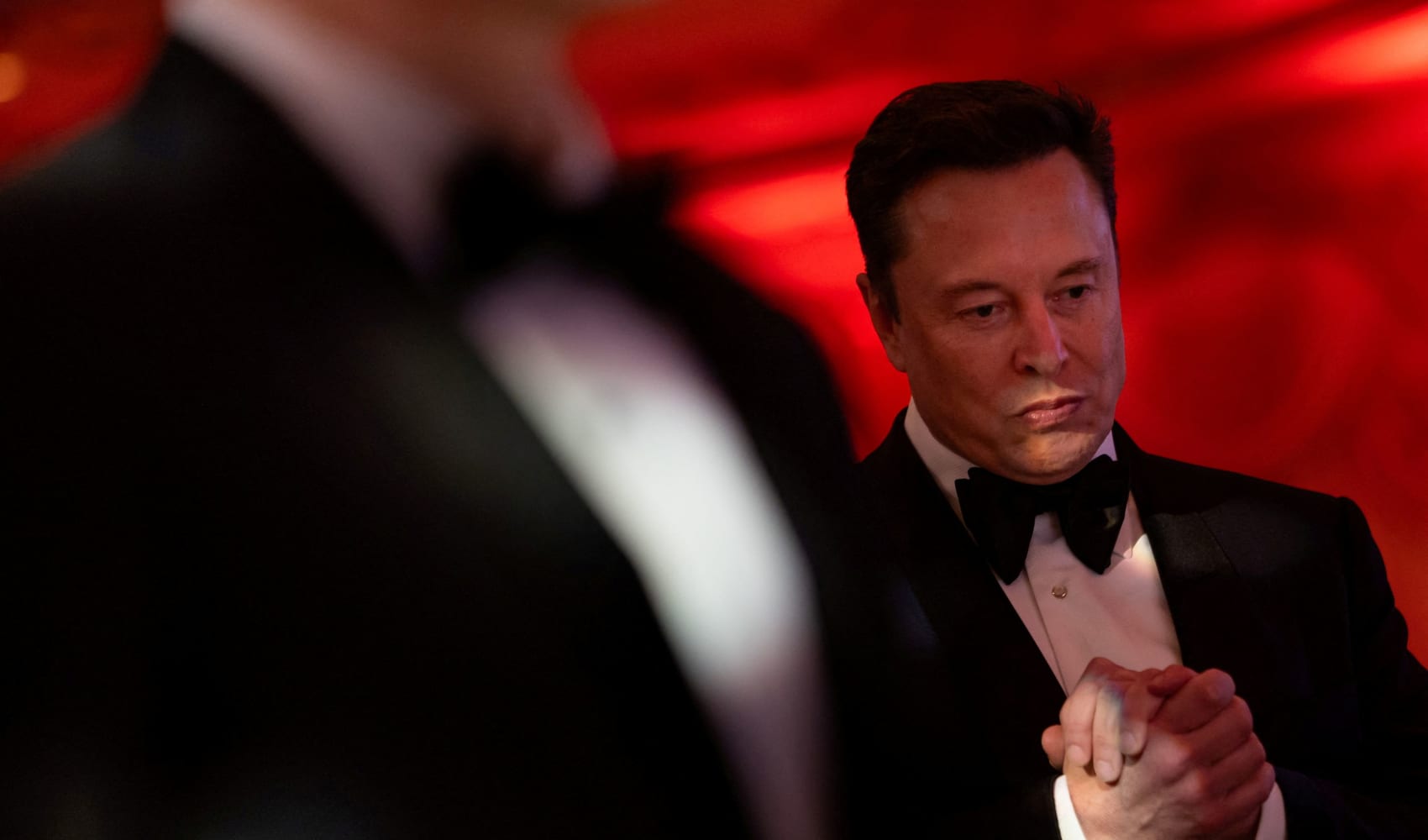
Honda is the world's largest engine manufacturer, powering about 27 million cars, motorcycles, generators, yard tools, airplanes, and other items. The vast majority of those are powered by internal combustion engines.
The company is a supplier of engines to successful Formula 1 teams, maker of some of the most popular cars in the U.S. and around the world, and creator of legendary sports cars: the Type R range of high performance Acura and Honda cars, and models such as the S2000 roadster and NSX supercar.
WATCH ANYTIME FOR FREE
Stream NBC10 Boston news for free, 24/7, wherever you are. |
But it is struggling in some key regions, especially China, and it's challenged by the era of electric vehicles. Honda has been relatively slow to release models, and it has depended heavily on partners to keep up.
It's a curious reversal for a company that was once regarded as one of the most innovative companies in the automotive world, full of surprises and with a startling range. Some of its engine innovations were seen as wild, daring and influential.
Get updates on what's happening in Boston to your inbox. Sign up for our News Headlines newsletter.
It made cheap cars, such as the Civic, of course. But it also made supercars, such as the NSX, which seemed like provocations to the ruling manufacturers in that rarefied category — mostly European names such as Ferrari, Lamborghini, Porsche and McLaren. The NSX was lighter than many competitors, was at least as powerful and was fun to drive — and it cost less, said Karl Brauer, executive analyst for car shopping site iSeeCars.
"They had not been challenged like that in decades, and then all of a sudden, they had to all go back and reevaluate what it took to produce a capable sports car, because the NSX kind of blew up everything they'd made up until that point," he said.
The NSX was representative of what Honda was capable of at that time.
Money Report
"No one else really could touch them," said Jake Fisher, senior director of auto testing for Consumer Reports. "Now, the problem with Honda is that ... these incredible manual transmissions that were so smooth and enjoyable to drive, well, not many people are buying manual transmissions anymore. And when you look at these incredibly efficient, high-revving engines that were very reliable, well, look what's going on in terms of powertrain."
This is where Honda has moved from leader to laggard.
In EVs, it is far from the ambitious upstart jostling established rivals. Instead it is borrowing technology developed by other automakers. Honda's first two new EVs for the U.S. market — the Honda Prologue and higher-end twin, the Acura ZDX — are both built by General Motors using the Detroit automaker's EV platform.
Honda does have an in-house EV plan and its own platform. It's sinking $65 billion into EVs and software globally, including $11 billion in Canada and $3.5 billion for upgrades to facilities in the United States.
The company was also the second-best-selling brand of hybrids in the United States in 2023, behind Toyota.
That may help boost Honda's volumes in the short term. But it's unclear how long that will help.
"The world's going to be shifting, I think, very rapidly towards battery-electric vehicles," said Gregory Noble, a professor emeritus at the University of Tokyo's Institute of Social Science, who studies the Asian and global auto markets. "And it's not clear to me that they can keep up with that."
Watch the video to learn more.






